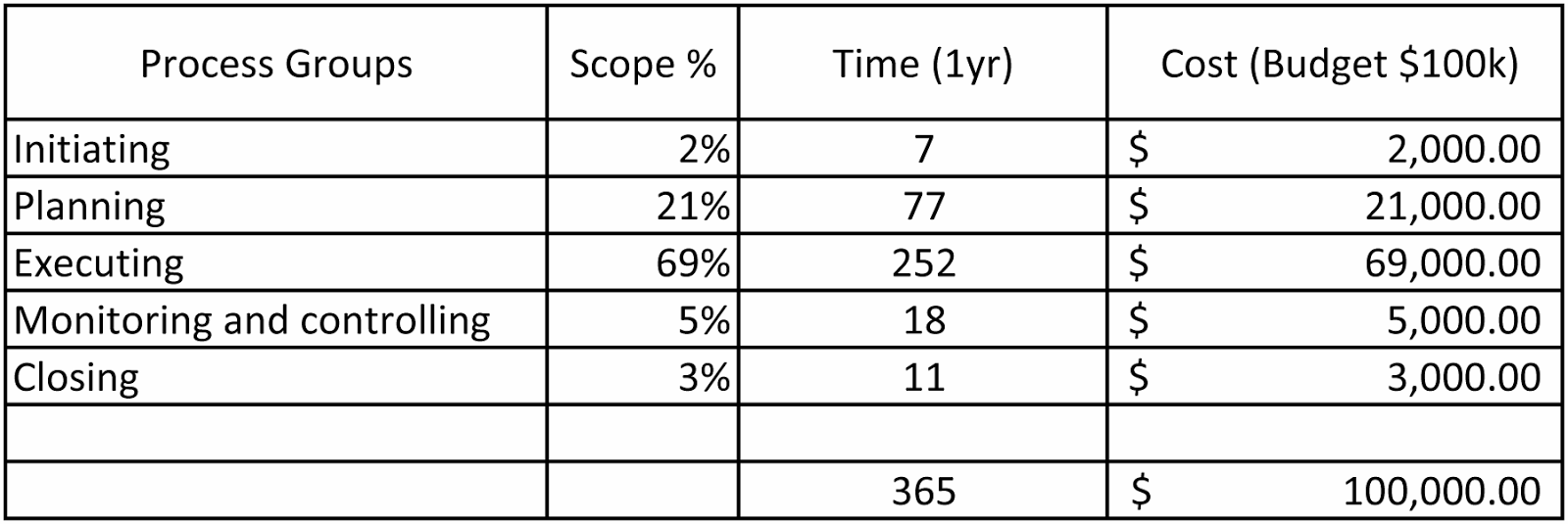Can recent college graduates expect to be project managers right away? What is a typical career path for a project manager? Using the Internet, research the average salary of a PM in South Florida. Is this for an experienced project manager? Which sites (URL) did you use to find average salaries?
-
Unfortunately, all the newly graduates are not pace in the work
field right after graduation as project managers. Furthermore, he/she has
to learn and develop more knowledge and skills.
Indeed, for some projects is critical the project manager’s experience; mind while on other tasks can be delegated. Even so, the project manager carriers all the responsibilities.
The integration of project managers to the work force usually takes different level. Some entry-level positions are offered but not limited to: project coordinator, assistant project manager, junior project manager, project analyst, work manager, project lead, and project manager.
Over time, a new graduate could develop experience and skill need it to carry all the responsibilities of a project manager.
According to the simple hired website (www.simplehired.com), salary paid for IT Project Managers range between $68,000 to $72,000 in South Florida.



.jpg)


.jpg)
.jpg)





.jpg)
.jpg)
.jpg)
.jpg)
.jpg)
.jpg)


.jpg)
.jpg)

.jpg)